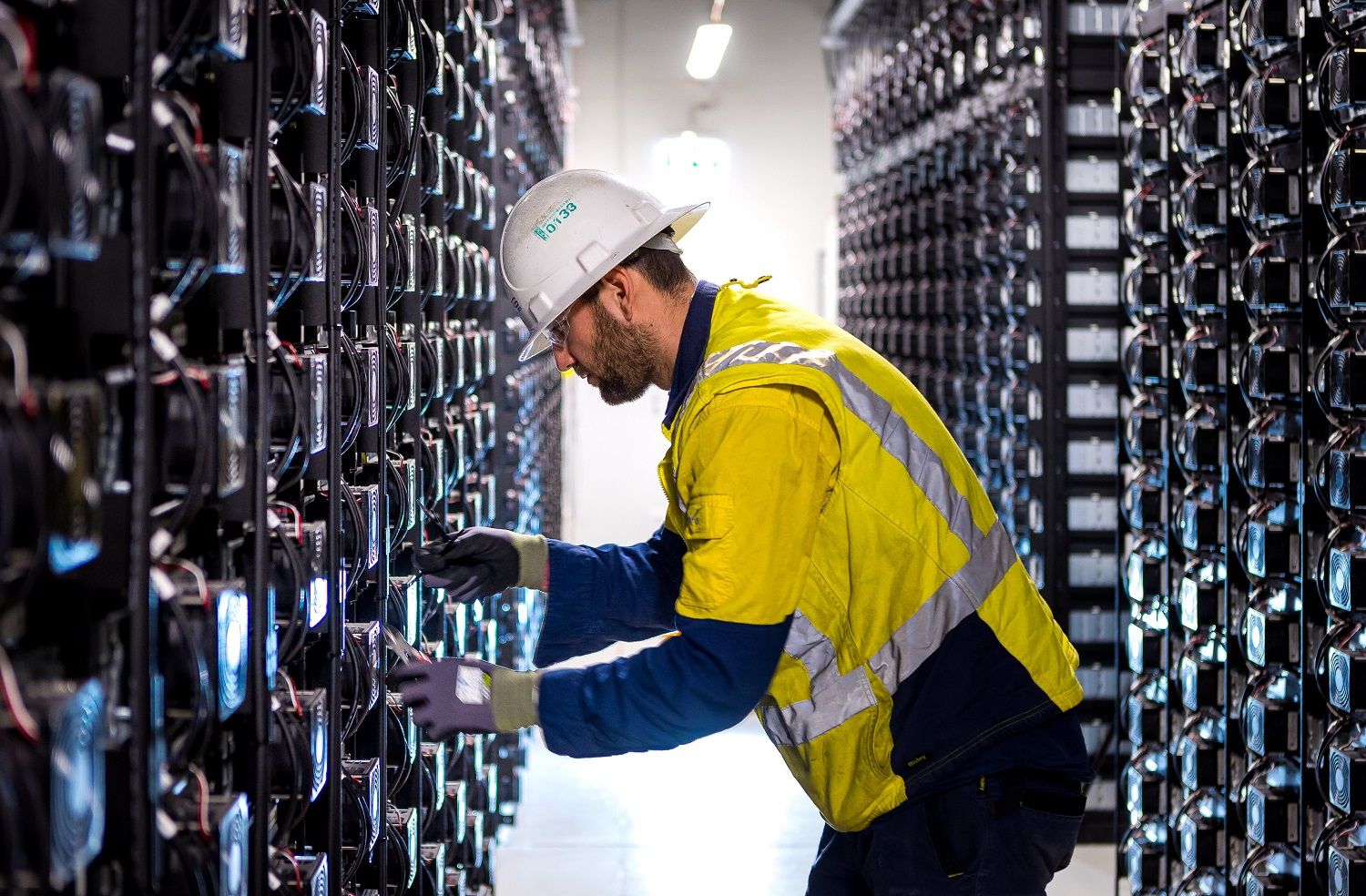https://www.pv-magazine-australia.com/2022/06/25/weekend-read-gigawatt-level-increments/
Weekend read: Gigawatt-level increments

Longi’s green power and green hydrogen plans will provide much-needed decarbonisation opportunities to heavy industries such as metals manufacturing.
Image: Pixabay
From pv magazine 05/2022
How does Longi view the relationship between hydrogen, solar and storage?
Longi firmly believes that green power and green hydrogen is the best solution to achieving carbon neutrality. Solar power (green electricity) fundamentally reduces carbon emissions in hydrogen production. And as an extended application of solar energy, hydrogen production can bring hundreds of gigawatt-level increments. In addition, green hydrogen is a new type of energy storage that can address intermittency issues. This is what we call the “green electricity – green hydrogen – green electricity” cycle.
Low-cost solar power is critical to the development of hydrogen. It takes around 50 kWh to produce 1 kg of hydrogen by electrolysis. If the cost of PV electricity drops to US$3.33 cents per kilowatt-hour, the total power cost for 1 kilogram of hydrogen will drop to around US$1.67. If the cost of PV electricity drops to 1.67 cents per kilowatt-hour, the total power cost for 1 kilogram of hydrogen would be around US$0.83, which means the cost of green hydrogen from electrolysis is even lower than the current cost of hydrogen produced from coal (grey hydrogen).
The world currently consumes about 80 million tons of hydrogen every year, and most of it is grey. For green hydrogen to account for 15% of consumption, it requires about 450 GW of PV installations to support it. That is why we say solar and hydrogen production are inextricably linked in terms of scale and cost.
As a solar company, entering the hydrogen industry requires a strategic change. How have you approached this?
In 2018, Longi began to conduct strategic research into the hydrogen value chain. On March 31, 2021, we established Longi Hydrogen Energy Technology Co., Ltd., and our first hydrogen energy equipment manufacturing plant in Wuxi, China. The first 1,000 Nm³/h alkaline water electrolyser was officially launched in October 2021, and so far, several more have been delivered to our customers and put into production. The production capacity of the Wuxi plant will reach 1.5 GW by the end of 2022 and is expected to reach 5 GW to 10 GW by 2025. The “green power and green hydrogen” solution fully covers synthetic methanol, synthetic ammonia, steel smelting, petroleum refining, and other industries that are in urgent need of decarbonisation. As a renewable energy industry leader, we will continue investing in R&D to increase efficiency and reduce the cost of both solar PV and hydrogen production. In addition, we have developed a five-year development strategy for the hydrogen business and are committed to accelerating the global transition to clean energy.
What are Longi’s strategic hydrogen plans?
Longi has launched its alkaline water electrolyser, which marks a significant milestone, and represents a key step towards becoming a world-leading hydrogen technology company. Our electrolyser can provide a hydrogen output of 1,000 Nm³/h and we have already provided a 4000 Nm³/h hydrogen production system for the world’s largest green hydrogen project. The service life of the equipment exceeds 200,000 hours. The distributed I/O control system realises automatic and unattended operation. We will continue to invest in R&D and innovation and push for the development of products based on our technical abilities.
What is the biggest challenge for the development of hydrogen and how can it be resolved?
Like other green energies, the development of green hydrogen is highly dependent on policy. Interest rates and carbon prices play critical roles in the cost of green hydrogen. We have made a simple calculation: If the technical cost is considered, the cost of green hydrogen is around US$1.17 to US$1.33 per kg, which is very close to or even lower than that of grey hydrogen. This calculation is very sensitive to interest rates. If the local interest is 5%, the cost of green hydrogen will grow to around US$3.33. Therefore, green hydrogen is financially competitive in countries with low-interest rates, like Europe and Japan; but there are still cost difficulties in China.
The second constraint is the carbon price. Compared to grey hydrogen, green hydrogen saves around 20 kg of carbon dioxide emissions per kilogram of hydrogen. Based on the present carbon price in Europe, which means an extra income of about US$1.33, it makes green hydrogen more cost competitive. Therefore, green hydrogen has an absolute economic advantage in regions such as the European Union with low-interest rates and high carbon prices. However, in China, the current carbon price from Shanghai Carbon Exchange is only around US$8.33 per metric ton, which means a compensation rate of around US$0.17/kg for green hydrogen. This is far from enough for the development of China’s green hydrogen.
What are the trends in green hydrogen pricing?
It is possible to realise US$0.25 per cubic meter on the production side. The cost rise in the PV industry in the past two years is temporary. I believe the cost of solar will continue to decline, and eventually, in many places, PV power will reach 3.33 cents or even lower per kilowatt-hour. In that case, the power cost for water electrolysis would be around US$0.15 per cubic meter, thus allowing hydrogen to achieve US$0.25 per cubic meter.
What are the main applications for green hydrogen?
We see a variety of industries that need hydrogen, and especially green hydrogen. For example, in petroleum refining, hydrogen is used as a feedstock, reagent, and energy source. Hydrotreating is one of the key links in the refining process, involving processes such as hydrogenation, hydrodesulfurisation, hydrodenitrogenation, and hydrodemetallisation. Gasoline and diesel hydrogenation, wax oil hydrogenation, and hydrocracking units also require a lot of hydrogen consumption. The global oil refining industry consumes 38 million tons of hydrogen every year, accounting for 33% of the global hydrogen demand. The International Energy Agency estimates that demand for hydrogen in the refining industry will continue to grow. Meanwhile, tighter standards for air pollutants will lead to an extra 7% increase in hydrogen use in refining.
Author: Vincent Shaw
This content is protected by copyright and may not be reused. If you want to cooperate with us and would like to reuse some of our content, please contact: editors@pv-magazine.com.
<



